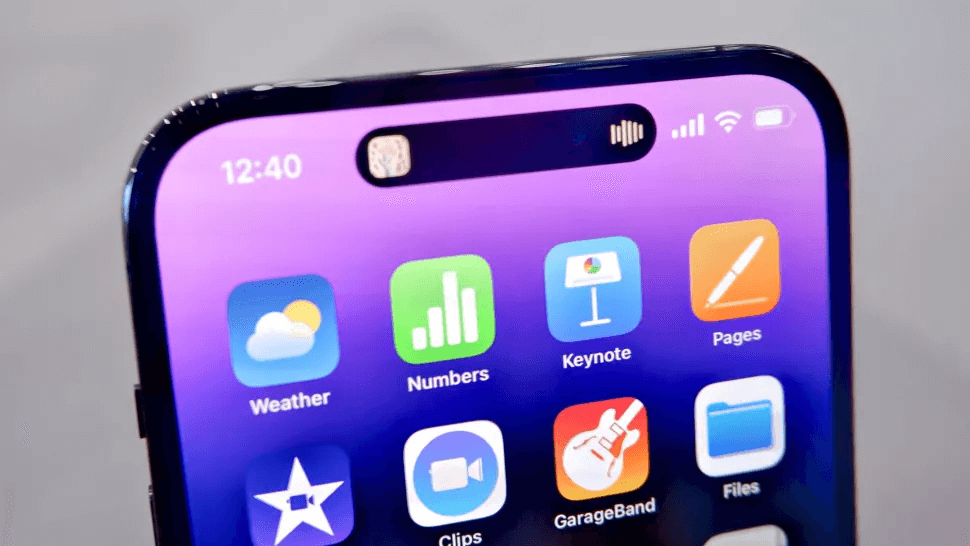The EU could be about to make smartphone batteries much easier to replace

After making USB-C charging a legal requirement, the European Union's next move could make smartphone and laptop batteries much easier to replace.
This is part of a major new proposal from the European Parliament(opens in new tab) and Commission that's designed to make batteries more eco-friendly, with rules governing their production and disposal, as well as their application in mobile devices and vehicles. That includes making them easier to replace.
If this law does get passed (and that could take a while by the time the European Parliament and European Council have nailed down the details), then there would be a three-and-a-half years deadline for companies to comply with the battery removal rules. That's similar to how even though the USB-C charging law has recently been passed, it won't go into force until 2024.
Big battery producers (smaller companies are excepted) will have to develop policies to ensure they're making their cells in a socially and environmentally responsible way. And they will need to use an increased amount of recycled materials up to 2030, when the legislation states all battery materials must be recycled. Further, the batteries must come with additional labeling to show users the capacity, durability, composition and more.
As big a deal as mandatory USB-C charging is, arguably this proposed battery law would be much more radical. While it's really only Apple that had refused to adopt USB-C charging for its phones, the vast majority of phones and laptops sold today have their batteries firmly glued in.
As a result of the law, smartphone and laptop makers would have to redesign their devices from the ground up. Currently, devices can be glued shut and held together with non-standard screws in order to provide greater water/dust resistance and slimmer bodies. Plus batteries can often be buried beneath other components even when you open up the phone.
Equally, perhaps we won't see that much change in how smartphones are designed. Unless the EU is very specific about how easy battery replacements have to be, phone and laptop makers may decide that the current battery attachment method, which uses removable adhesive tabs, actually complies with what the law says.
This would be reminiscent of Apple's self-service repair initiative that launched earlier this year in reaction to much-discussed right-to-repair laws around the world. Yes, you can technically swap out parts on your iPhone or Mac yourself, but you have to jump through the hoops of sending off for Apple-approved tools and parts, carefully make the repair yourself and then send everything back and contact Apple to get it to verify your repair.
Whatever happens, it could take years before we actually see this EU proposal become law. So while the iPhone 15 and Galaxy S23 will most likely still use glued-in batteries as prior generations of these phones have, your next smartphone may have a battery replacement as straightforward as that of a feature phone from decades ago.



